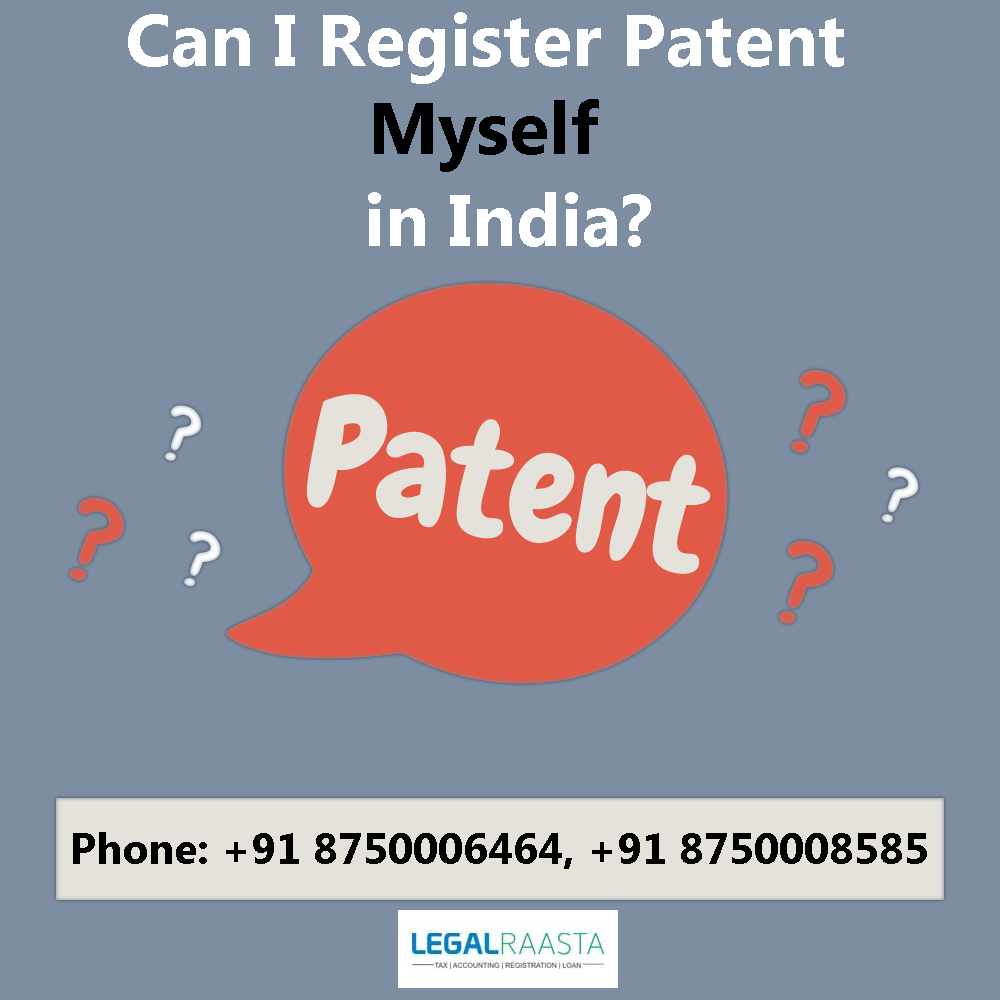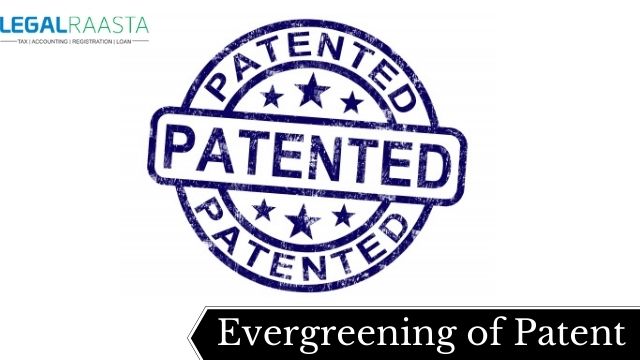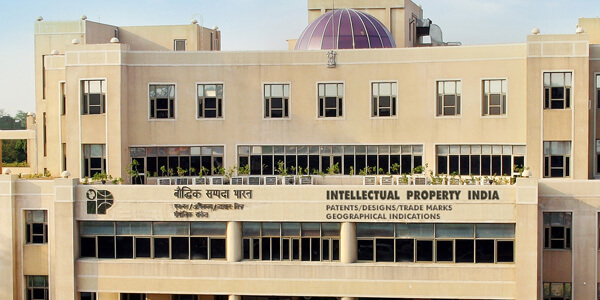Patent Registration in India
Innovation is the bedrock of progress, and protecting intellectual property rights is essential to foster a culture of creativity and entrepreneurship. In India, patent registration serves as a crucial mechanism for safeguarding inventions and encouraging research and development. A patent is an exclusive right granted to inventors for their novel and non-obvious creations, providing them with a competitive advantage and the freedom to commercialise their innovations. In this blog, we will delve into the patent registration process in India, understanding its significance, the requirements for patentability, the types of patents, the step-by-step procedure for registration, and the benefits of obtaining a patent in India.
Understanding the Significance of Patent Registration in India:
Patents are a fundamental part of intellectual property rights, providing inventors and creators with a legal shield against unauthorised use or exploitation of their inventions. Patent registration encourages inventors to disclose their inventions to the public, contributing to the dissemination of knowledge and technological advancement. By granting exclusive rights, patents stimulate further innovation and attract investments into research and development.
Read Also This – How to Become a Patent Agent in IndiaRequirements for Patentability in India:
Before proceeding with the patent registration process, it is essential to ensure that the invention fulfils the following essential requirements for patentability:1. Novelty: The invention must be new and not known or used anywhere in the world before the date of filing the patent application in India.
2. Non-Obviousness: The invention should involve an inventive step that is not obvious to a person skilled in the relevant field of technology.
3. Industrial Applicability: The invention must have practical utility and be capable of being used in an industrial application.
4. Exclusion of Subject Matters: Certain subject matters, such as discoveries, scientific theories, mathematical methods, abstract ideas, and laws of nature, are not considered patentable in India.
Types of Patents in India:
India recognizes two types of patents, each serving distinct purposes:1. Utility Patents: Also known as invention patents, utility patents cover new and useful processes, machines, articles of manufacture, and compositions of matter. These patents are the most common type of patents filed in India.
2. Design Patents: Design patents protect the ornamental or aesthetic appearance of a product, without affecting its functional aspects. They are applicable to the shape, configuration, pattern, or ornamentation of an article.
Step-by-Step Procedure for Patent Registration in India:
The patent registration process in India involves several stages, starting from the preparation of the patent application to the grant of the patent. Here is a step-by-step guide to the patent registration process:
Step 1: Patent Search and Prior Art Analysis:
Before filing a patent application, it is essential to conduct a thorough patent search to identify existing patents or prior art similar to the invention. A prior art analysis helps ascertain the novelty and patentability of the invention.
Step 2: Preparation of Patent Application:
The next step is to prepare the patent application, which includes the following components:i. Title and Abstract: The title should succinctly describe the invention, and the abstract provides a brief summary of the technical features.
ii. Description: The description should be detailed and comprehensive, providing a clear understanding of the invention and its operation.
iii. Claims: The claims define the scope of protection sought for the invention. It is essential to draft clear and well-defined claims to ensure comprehensive protection.
iv. Drawings (if applicable): Drawings or diagrams may be required to explain the invention more effectively.
Step 3: Filing the Patent Application:
The patent application can be filed online or through physical submission at the Indian Patent Office (IPO). The applicant must provide all relevant details and documents while filing the application.
Step 4: Formal Examination and Publication:
After filing, the patent application undergoes a formal examination by the patent office to ensure that all necessary documents and information are in place. Once the application is deemed complete, it is published in the Official Journal of the Indian Patent Office.
Step 5: Request for Examination:
Within 48 months from the date of filing the application or the date of priority, the applicant must submit a request for examination to the patent office. This request triggers the substantive examination process.
Step 6: Substantive Examination:
During the substantive examination, the patent office thoroughly evaluates the patent application to assess its compliance with patentability criteria. The examiner may issue office actions seeking clarifications or modifications to the application.
Step 7: Response to Examination Report:
If the patent office raises objections or issues during the examination, the applicant must submit a response addressing these concerns. The response should include the necessary amendments or explanations.
Step 8: Grant of Patent:
If the patent office is satisfied with the examination response and finds the invention to be patentable, it grants the patent to the applicant. The applicant becomes the patent holder and gains exclusive rights over the invention for the specified period.
Read Also This – How do I Register a New PatentBenefits of Obtaining a Patent in India:
Obtaining a patent in India offers several advantages to inventors, businesses, and the overall economy:
1. Exclusive Rights: Patent holders have exclusive rights over their inventions, allowing them to prevent others from using, making, or selling the patented invention without permission.
2. Commercialization Opportunities: Patents enable inventors to commercialise their inventions through licensing, technology transfer, or joint ventures, generating revenue and fostering economic growth.
3. Market Advantage: Patents provide a competitive advantage, allowing inventors to differentiate their products from competitors' offerings.
4. Protection Against Infringement: Patents provide a legal basis for taking action against infringers, deterring potential violations of intellectual property rights.
5. Research and Development: Patents stimulate research and development activities by offering inventors an incentive to invest in innovation.
6. Attracting Investments: Patented inventions are attractive to investors and venture capitalists, leading to increased funding opportunities for inventors and businesses.
Read Also This – How to Apply Patent Registration Online In IndiaConclusion:
Patent registration in India is a crucial process for inventors and creators seeking to protect their innovations and inventions. By securing exclusive rights, patents encourage research and development, foster innovation, and drive economic growth. The patent registration process involves several stages, starting from patent search and prior art analysis to the grant of the patent. India's patent system is in line with international standards and provides inventors with robust protection for their intellectual property. As India continues to embrace innovation and entrepreneurship, patent registration will play a pivotal role in stimulating technological advancement and establishing India as a hub for innovation on the global stage. Inventors and businesses should recognize the significance of patent protection and diligently follow the patent registration process to capitalise on their inventive creations and contribute to India's progress as a knowledge-driven economy.










